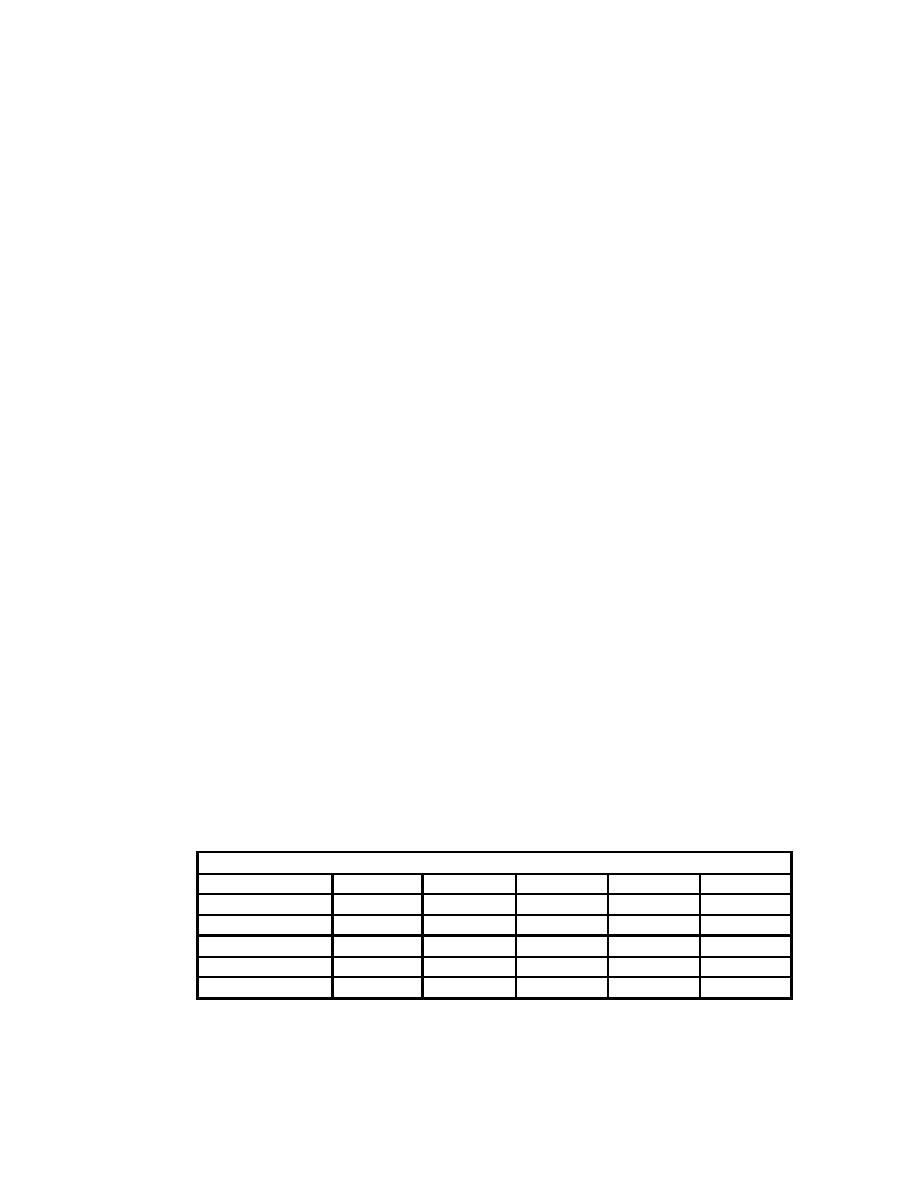 |
|||
|
|
|||
|
Page Title:
Physical Diameter versus AMAD for Particulates |
|
||
| ||||||||||
|
|  DOE-HDBK-1184-2004
Deposition fractions affect clearance rates of particulates from the lung to the
gastrointestinal (GI) tract. Since urine excretion of tritium dissolved from tritiated
particulate over time is a function of those particles which have not cleared from the
lung, interpretation of urine excretion curves can extract particle size information.
This requires extended monitoring without additional tritium intakes, which can
adversely affect project management activities. To estimate intakes (and therefore
doses) accurately and promptly from urine data, detailed knowledge of the
particulate dissolution rates must be available. Tritiated material and particle size
distribution involved in the intake, and the expected dissolution rate for that material
and size, must be known. When tritiated materials and sizes are likely to range
broadly, it will be difficult to provide material identification and size characterizations
in the workplace. Moreover, although dissolution rate data are available for several
materials, these data do not include all the possible combinations of materials and
particle sizes that might be encountered.
5.2.2.2 Physical Diameter versus AMAD for Particulates
The ICRP and most technical papers that address respirability of particulate
contamination use the term "activity median aerodynamic diameter" or "AMAD"
when referring to particle size distributions. The AMAD can be very different from
the physical diameter of a median particle, as it is a function of the particle's density
and shape. The relative deposition of particles in the respiratory tract is dependent
on the AMAD. Particles with small AMADs tend to deposit deeper (higher
percentage in the alveolar interstitial region) in the lung than larger AMAD particles;
because of the slow clearance rates of the deep lung, smaller particles generally
cause higher lung doses than larger ones. For particles with AMADs greater than
about 10 m, the fractional deposition in the deep respiratory region is considered
negligible. The larger sized particles tend to be deposited in the upper respiratory
region where they are rapidly removed to the gut and eliminated in feces. The lung
dose per unit intake is less for larger AMAD particles than for smaller AMAD
particles. Table 5-6 shows a comparison of physical diameter versus AMAD
(calculated per Cheng 1999a) for a variety of materials from low density to high
density.
Table 5-6. Physical diameter versus AMAD for monodisperse particle distribution
(s g = 1)
Physical Diameter (m) vs. AMAD (m)
Base Material* AMAD = 10 AMAD = 5
AMAD = 2 AMAD = 1
AMAD = 0.5
Organic[∼(CH2 )n]
12.9
6.48
2.61
1.31
0.668
Rust[∼FeO(OH)]
5.87
2.92
1.15
0.559
0.265
Ti H2
6.17
3.07
1.21
0.591
0.282
Zr H2
4.76
2.36
0.920
0.441
0.202
Hf H2
3.53
1.74
0.666
0.310
0.133
* Variable amounts of elemental hydrogen are isotopically tritium.
36
|
|
Privacy Statement - Press Release - Copyright Information. - Contact Us |